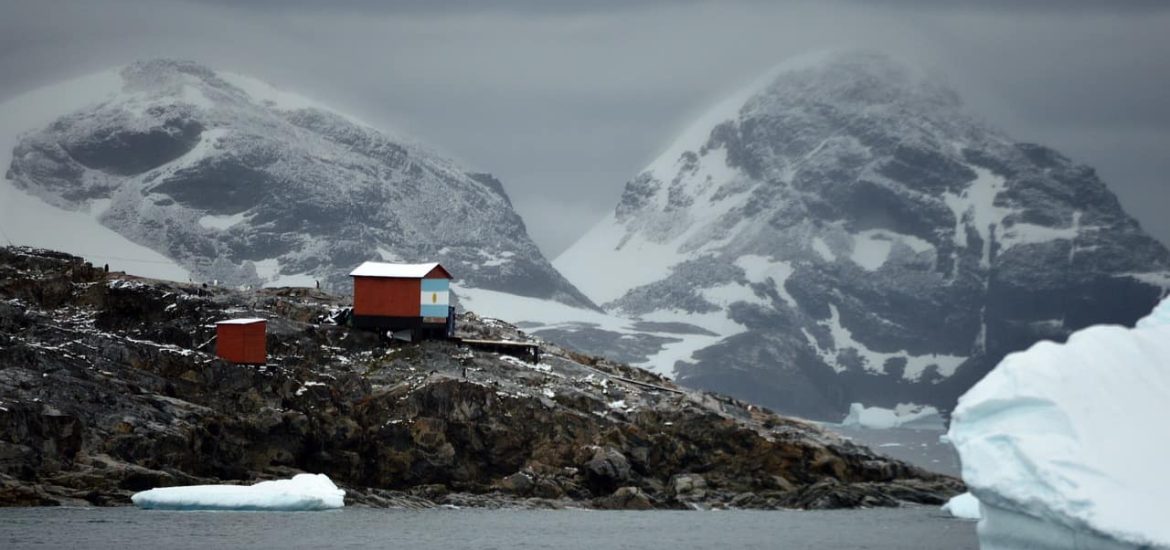The tiny midge is an ‘ecosystem engineer’ in a similar way to earthworms in temperate soil systems.

A tiny invading insect could wreak havoc in Antarctica
Invasive species are often a curse on native biodiversity around the planet from rapacious Burmese pythons in Florida to rampaging feral cats in Australia. Not even as remote an area as Antarctica has remained untouched by them.
A case in point is a wee midge, which has colonised Signy Island there, altering its soil ecosystem.
A joint team of researchers from the University of Birmingham and the British Antarctic Survey has discovered that the invasive midge species called Eretmoptera murphyi is driving rates of plant decomposition, which is leading to an up to fivefold increase in soil nitrate levels.
This is posing a threat to local biodiversity as the soil is becoming deprived of essential nutrients, according to the scientists who have published their findings in a study.
“Antarctic soils are very nutrient-limited systems because decomposition rates are so slow. The nutrients are there, but it has taken this invasive midge to unlock them on Signy Island. It is an ‘ecosystem engineer’ in a similar way to earthworms in temperate soil systems,” explains Jesamine Bartlett, a researcher at the School of Biosciences at the University of Birmingham.
The tiny insect, which is only a few millimiters in size, has long been known to have invaded the remote island, taking advantage of rising temperatures, but its effects on the soil are becoming obvious only now.
“Up until now, low nutrient availability has been as much of a barrier to the establishment of certain terrestrial species in Antarctica as low temperatures or low moisture availability,” says Scott Hayward, another expert at the same institution who participated in the research.
The presence of the insects on the island is bad news for local biodiversity for another reason as well, he adds, noting that “the activity of Eretmoptera on Signy, in combination with climate change, potentially ‘opens the door’ for other species to become established which can further accelerate ecosystem change.”
Eretmoptera murphyi, which is native to the island of South Georgia in the sub-Antarctic region, was first introduced by accident to Signy Island during a botany experiment in the 1960s. It has since spread far and wide on the island with the insects sticking to the soles of the boots of researchers and tourists.
Prior to their introduction, according to the researchers, “the only terrestrial sites on Signy with high nutrient levels were those associated with marine species coming ashore, for example penguin colonies and seal wallows.”
By now, however, the nitrate content of soil colonised by Eretmoptera has become similar to the level found close to the wallows of much larger seals. “This is because population densities of midge larvae can reach in excess of 20,000 individuals per m2 at some sites,” the scientists say.
The mites can also survive in seawater, which could allow them to spread to other islands and locations in Antarctica. This means it will be important to monitor its spread closely in case it begins to wreak havoc on native ecosystems.
“A particular feature of the Antarctic is that it has had very few invading species so far and protecting this ecosystem is a very high priority,” stresses Peter Convey, a terrestrial ecologist at the British Antarctic Survey. “While at some level, there’s plenty of awareness of the implications of invading species, this research really highlights how the tiniest of animals can still have a hugely significant impact.”








